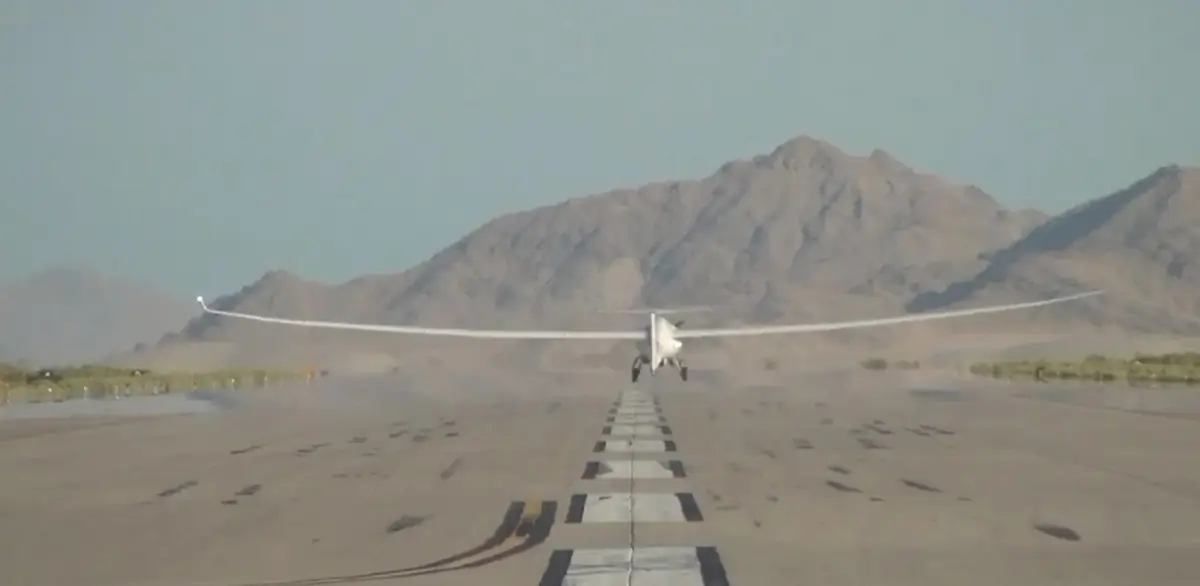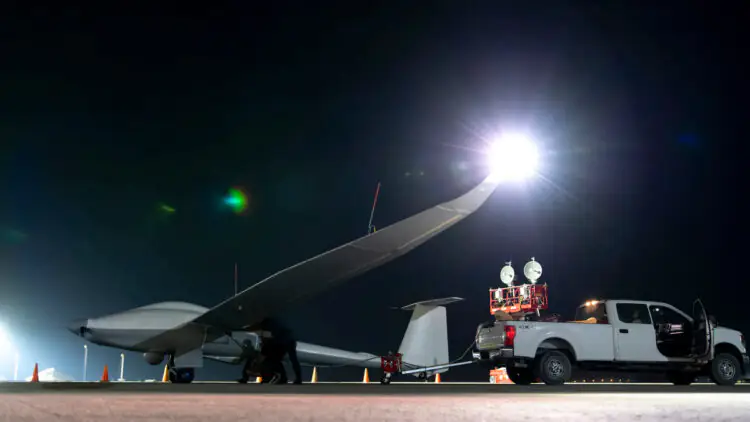The secret drone, The Unmanned Long-endurance Tactical Reconnaissance Aircraft (ULTRA), designed for gathering intelligence from remote targets, flew for at least three consecutive days during recent trials, its developer first revealed to Axios. This marathon flight – potentially twice as long as other drones – could revolutionize the way the U.S. military approaches aerial surveillance, an area to which they have an insatiable appetite.

The long-endurance tactical reconnaissance drone from Dzyne, known as ULTRA, was tested at the Dugway Proving Ground in Utah. ULTRA features a wingspan of over 24 meters and can carry payloads weighing hundreds of kilograms. The ULTRA system is truly unique in its ability to cover long distances, which hinders the operational use of current drones for excessive ranges needed in areas like the Pacific region. Launched from the Greater Middle East, the drone can reach and linger over parts of Africa, Asia, and Europe. In the Air Force’s 2025 budget proposal, approximately $35 million is allocated for four of these drones.
ULTRA is designed as a reconnaissance “truck” capable of carrying a variety of electro-optical/infrared, radio-frequency, and other cost-effective sensors for intelligence gathering. It also features reconfigurable platforms to carry out different missions. Its exceptionally long endurance allows these sensors to provide continuous coverage of areas of interest with fewer aircraft. Additionally, ULTRA offers a cost-effective option for covering larger areas, reducing the need to purchase multiple aircraft.

The drone employs a novel approach to achieve long endurance and reduce acquisition costs by repurposing a previously piloted commercial sports aircraft and converting it into a high-durability military UAV. To keep acquisition and maintenance costs low, the drone utilizes commercial UAV technologies, existing production and supply channels, and a limited amount of custom-built avionics. The integration of affordable EO/IR and radar sensors is made possible by operating at lower altitudes, which do not require large optics or powerful radio-frequency emissions to maintain effectiveness.
ULTRA relies on a user-friendly control system that enables operations with a “point-and-click” interface. Comprehensive global missions are made possible through satellite communication channels, which also provide high-speed ISR data transmission to operators in real time.
The glider was photographed this year at Al Dhafra Air Base in the United Arab Emirates, where MQ-9 Reapers are stationed. According to Chris Miller, Dzyne’s Strategy Director and former Acting Secretary of Defense, the use of ready-made components helps reduce the cost of ULTRA. Bill Barr, the former U.S. Attorney General and a paid advisor to Dzyne, previously told Axios that he witnessed the world entering the “drone era” during his tenure as the country’s top law enforcement official.
Source: Axios









